What is the ideal protein balance?
The “ideal protein” can be defined as one that provides an exact balance of amino acids, without deficiencies or excess, to meet the requirements for optimum animal performance, maintenance and maximum protein deposition.1
This concept is widely used to formulate poultry and swine diets and has been shown to improve body composition and yields while reducing production costs. Beyond economic benefits, this concept is also believed to benefit the environment by reducing excess nitrogen excretion from protein formulation.2
The ideal protein concept uses lysine as a reference amino acid, with the requirements for all other essential amino acids expressed as a percentage of lysine.
There are several reasons for selecting lysine as the reference amino acid:
- Lysine has only one major function in the animal body, which is protein tissue deposition, meaning lysine is not influenced by other metabolic roles.
- Lysine is usually the most- or second-most limiting amino acid in the diet, meaning lysine requirement data for a variety of dietary, environmental, and body compositional circumstances are readily available.
- Analysis of lysine in food is straightforward and easy to replicate.2-4
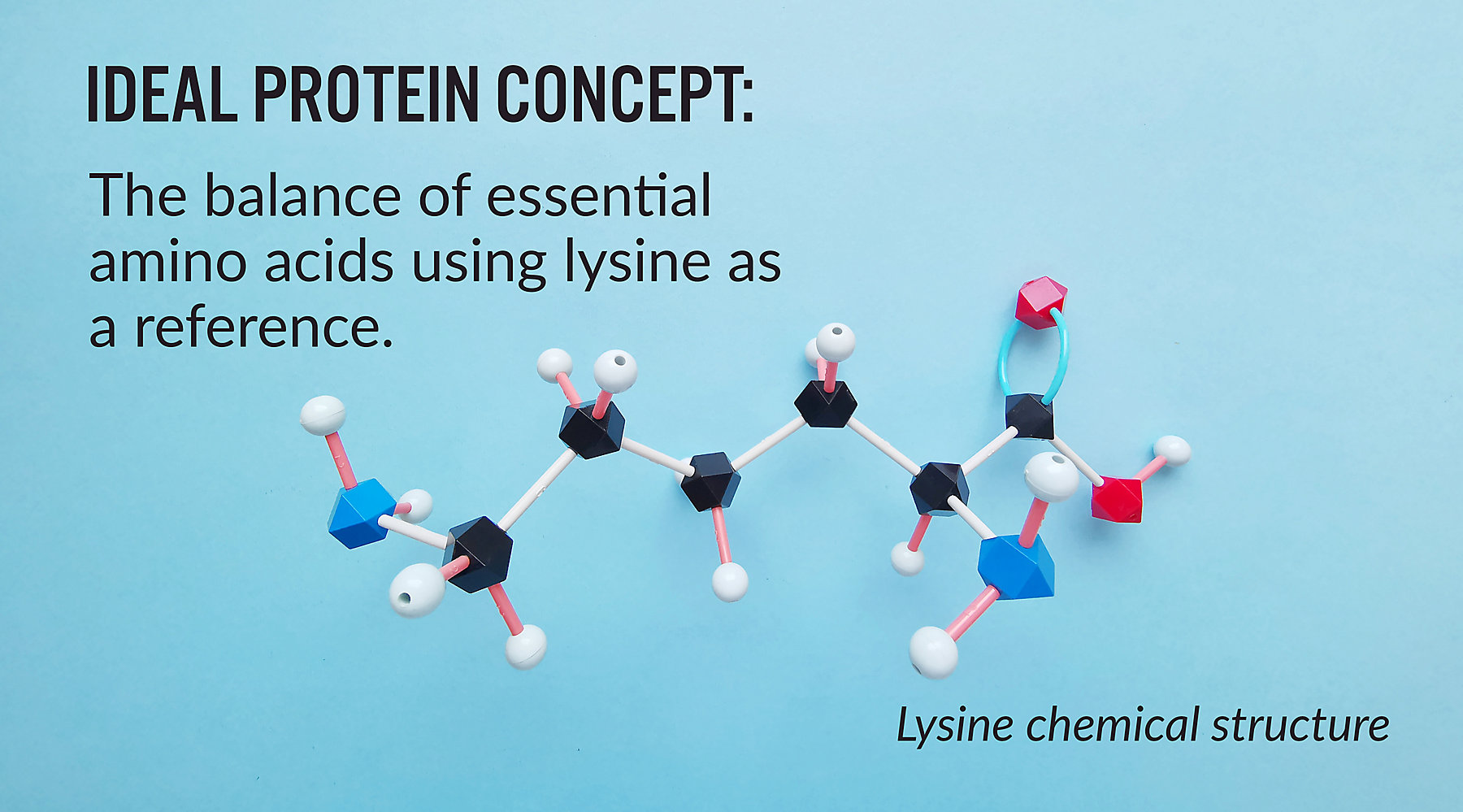
Protein Content in Dog and Cat Food
A major difference between pet food and livestock feed is protein content, since the purpose of the two diets are very different.8 Unlike livestock feed, pet food is formulated to be “complete and balanced,” meaning the pet’s nutritional needs will be met if the proper amount of food and water is ingested.
Most pet food formulators use various nutrient guidelines, established by AAFCO, National Research Council and The European Pet Food Industry (FEDIAF),5-7 to develop diets specific to each species and life stage. These guidelines help formulators choose the right amount of protein to include in their diet.
Formulators also choose protein levels for palatability reasons. Multiple trials have shown that dogs prefer a dietary profile of 25-30% metabolizable energy from protein,9,10 while cats prefer one with 52% metabolizable energy from protein.11
Balancing the Pet Food Nutrient Guidelines
Current pet food nutrient guidelines include crude protein and essential amino acid requirements, but do not address amino acid ratios. The current essential amino acid requirements for dogs and cats are based on relatively short-term studies (less than 6 months) and use markers of animal growth or protein status, not markers of animal health or wellness.8
To achieve essential amino acid requirements, formulators often include high concentrations of crude protein, combine complementary protein sources, or include synthetic amino acids. Consequently, most pet foods contain a surplus of protein but likely do not meet the ideal protein amino acid balance.8 These diets are not only nutritionally unbalanced, they are also costly to formulators since protein ingredients can be expensive.
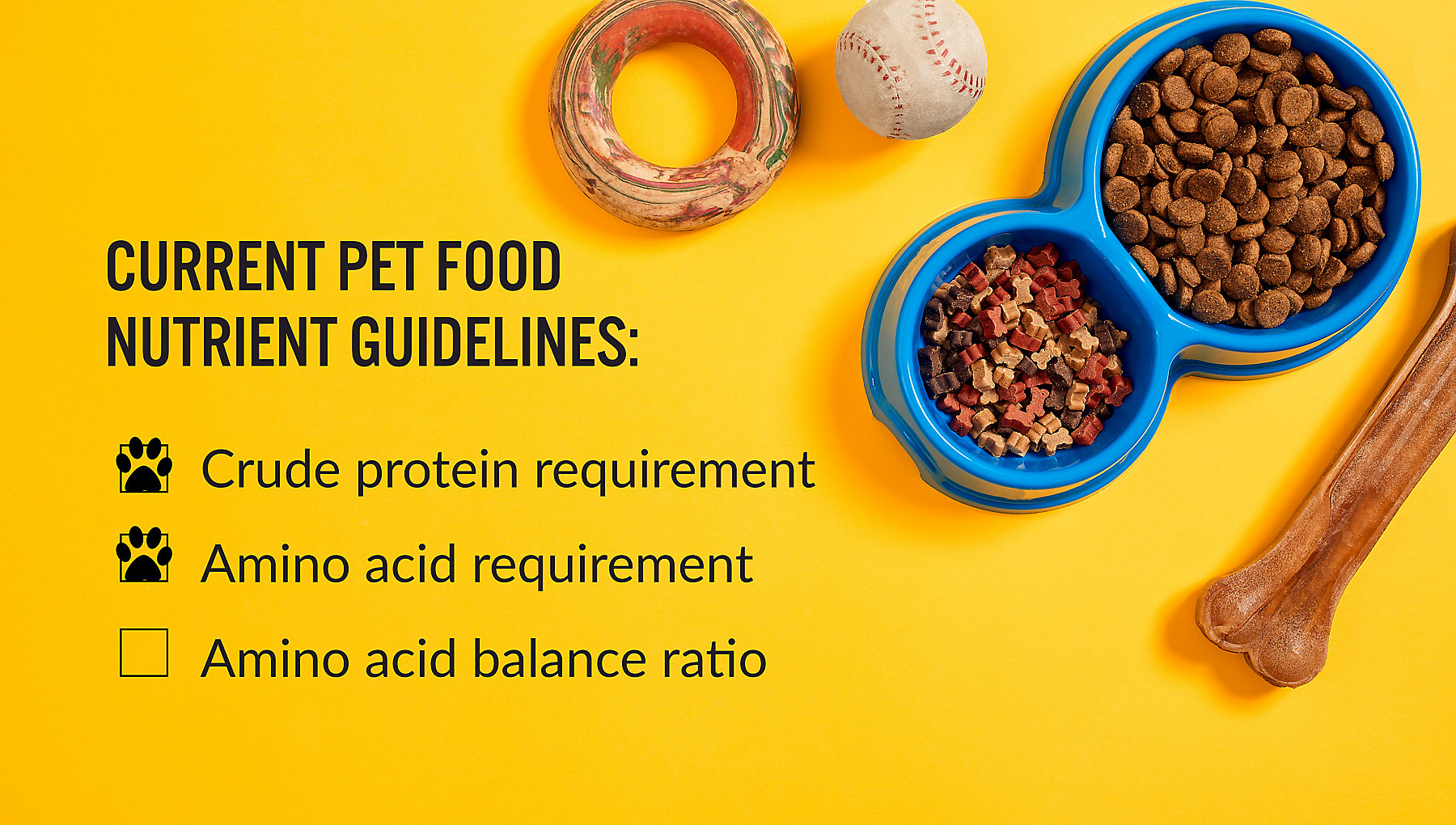
The Ideal Protein Concept for Balanced Nutrition
Amino acid requirements for pets should be based on criteria like optimal health and longevity. But establishing new requirements would require long-term trials. Nutritional guidelines aside, formulators should choose proteins with balanced amino acid profiles to meet the nutritional needs of dogs and cats throughout all stages of their lives.
PROSURANCE™: Specialty Proteins with Balanced Amino Acid Profiles
Kemin’s range of specialty proteins provides solutions that add to the nutritional and flavor profile of dog and cat food, treats and other consumable pet products. Our focus on fresh raw ingredients and manufacturing expertise leads to products containing high-quality, digestible protein levels and balanced amino acid profiles that deliver functional benefits, all while being sustainably sourced. Click here to learn more about PROSURANCE specialty proteins.
Subscribe to the Kemin Nutrisurance Blog:
References
1. Mitchell H.H. (1962). Comparative nutrition of man and domestic animals. New York: Academic Press. 724 p.
2. Miles R.D., Chapman F.A. (2007). The concept of ideal protein in formulation of aquaculture feeds. UF/IFAS Extension Service, University of Florida. FA144.
3. Baker D.H., Han Y. (1994). Ideal amino acid profile for chicks during the first three weeks posthatching. Poultry Science. 73: 1441-1447.
4. Emmert J.L., Baker D.H. (1997). Use of the ideal protein concept for precision formulation of amino acid levels in broiler diets. Journal of Applied Poultry Research. 6: 462-270.
5. National Research Council – NRC. (2006). Nutrient requirements of dogs and cats. Washington, DC: The National Academy Press. 424 p.
6. The Association of American Feed Control Officials – AAFCO. (2019). Official Publication. Champaign, IL: Association of American Feed Control Officials. 694 p.
7. The European Pet Food Industry – FEDIAF. (2019). Nutritional guidelines for complete and complementary pet food for cats and dogs. FEDIAF, Brussels, Belgium. 96 p.
8. Swanson K.S., Carter R.A., Yount T.P., Aretz J., Buff P.R. (2006). Nutritional sustainability of pet foods. Advances in Nutrition. 4: 141-150.
9. Tôrres C.L., Hickenbottom S.J., Rogers Q.R. (2003). Palatability affects the percentage of metabolizable energy as protein selected by adult beagles. Journal of Nutrition. 133: 3516-3522.
10. Hewson-Hughes A.K., Hewson-Hughes V.L., Colyer A., Miller A.T., McGrane S.J., Hall S.R., Butterwick R.F., Simpson S.J., Raubenheimer D. (2012). Geometric analysis of macronutrient selection in breeds of domestic dog, Canis lupus familiaris. Behavioral Ecology. 24: 293-304.
11. Hewson-Hughes A.K., Hewson-Hughes V.L., Miller A.T., Hall S.R. Simpson S.J. Raubenheimer D. (2011) Geometric analysis of macronutrient selection in the adult domestic cat, Felis catus. The Journal of Experimental Biology. 214: 1039-1051.
12. Hendriks W.H. (2003). Canine and Feline Amino Acid Requirements for Different Physiological Functions. In: D’Mello J.P.F. Amino Acids in Animal Nutrition. 2nd Edition. p. 411-426.
13. Baker D.H., Czarnecki-Maulden G.L. (1991). Comparative Nutrition of Cats and Dogs. Annual Review of Nutrition. 11: 239-263.
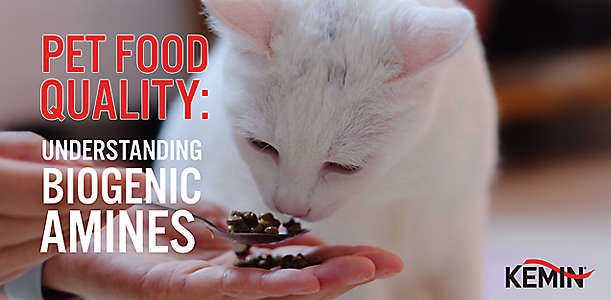
Pet Food Quality: Understanding Biogenic Amines
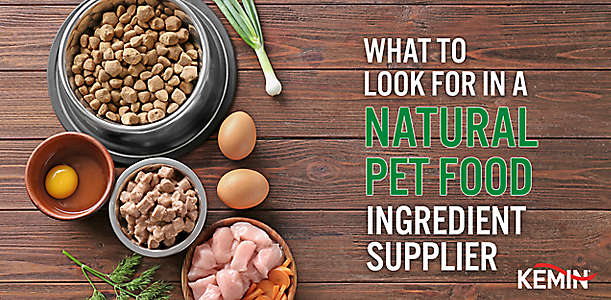
What to Look For in a Natural Pet Food Ingredient Supplier
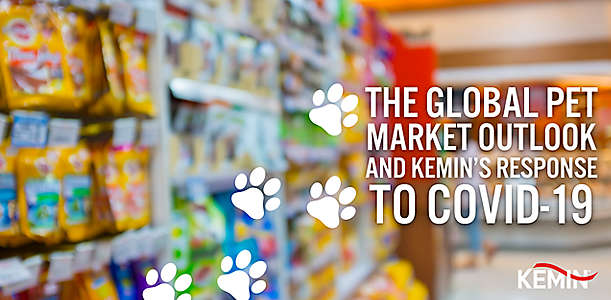
The Global Pet Market Outlook and Kemin's Response to COVID-19
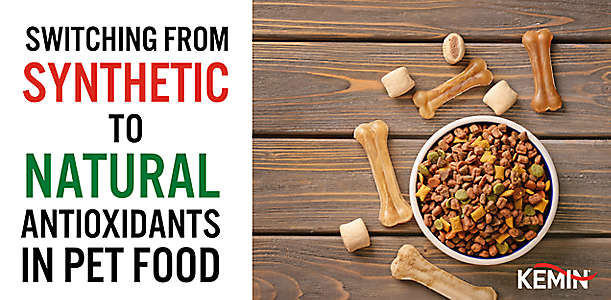
Switching from Synthetic to Natural Antioxidants in Pet Food
Browse Latest Articles by Topic
- Achieving the Ideal Protein in Pet Food
- Pet Food Quality: Understanding Biogenic Amines
- What to Look For in a Natural Pet Food Ingredient Supplier
- The Global Pet Market Outlook and Kemin's Response to COVID-19
- Controlling Oxidation In Rendered Meals: 5 Factors to Consider
- Switching from Synthetic to Natural Antioxidants in Pet Food
- Shining A Light On Pet Food Safety: Risks Associated with Trending Pet Food Formats
- Strategies for Sustainability in the Pet Food Market


